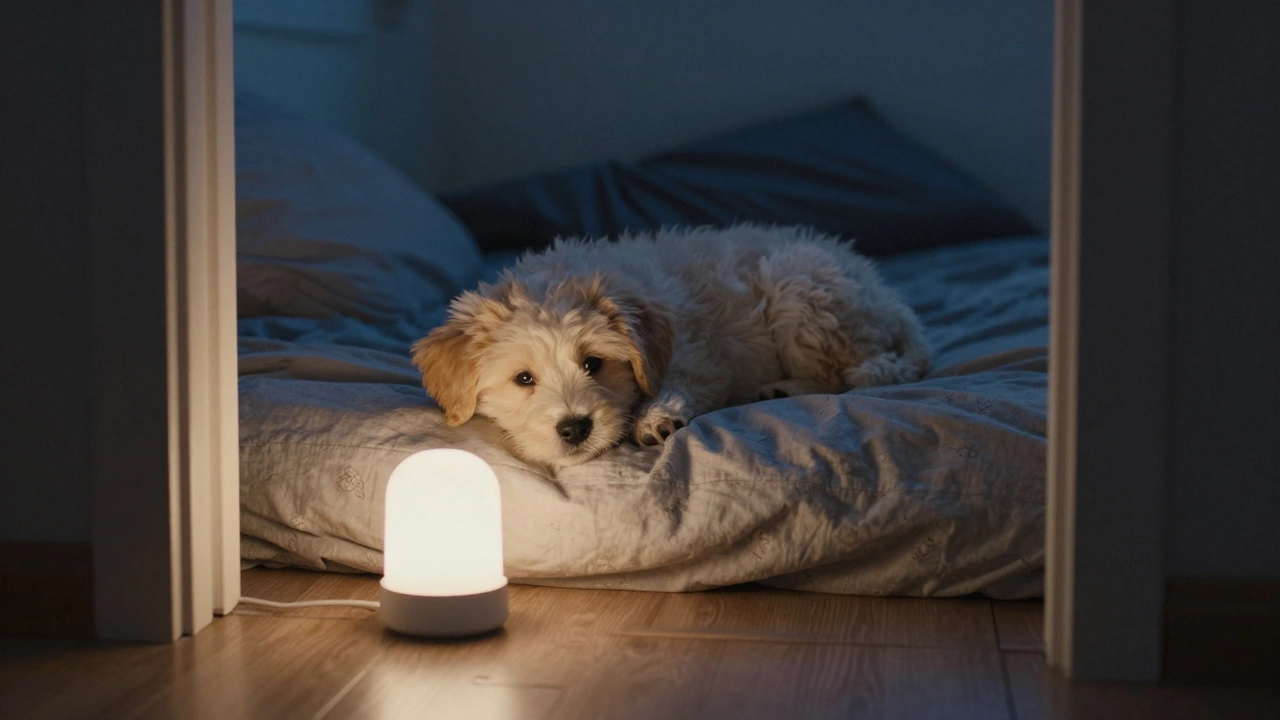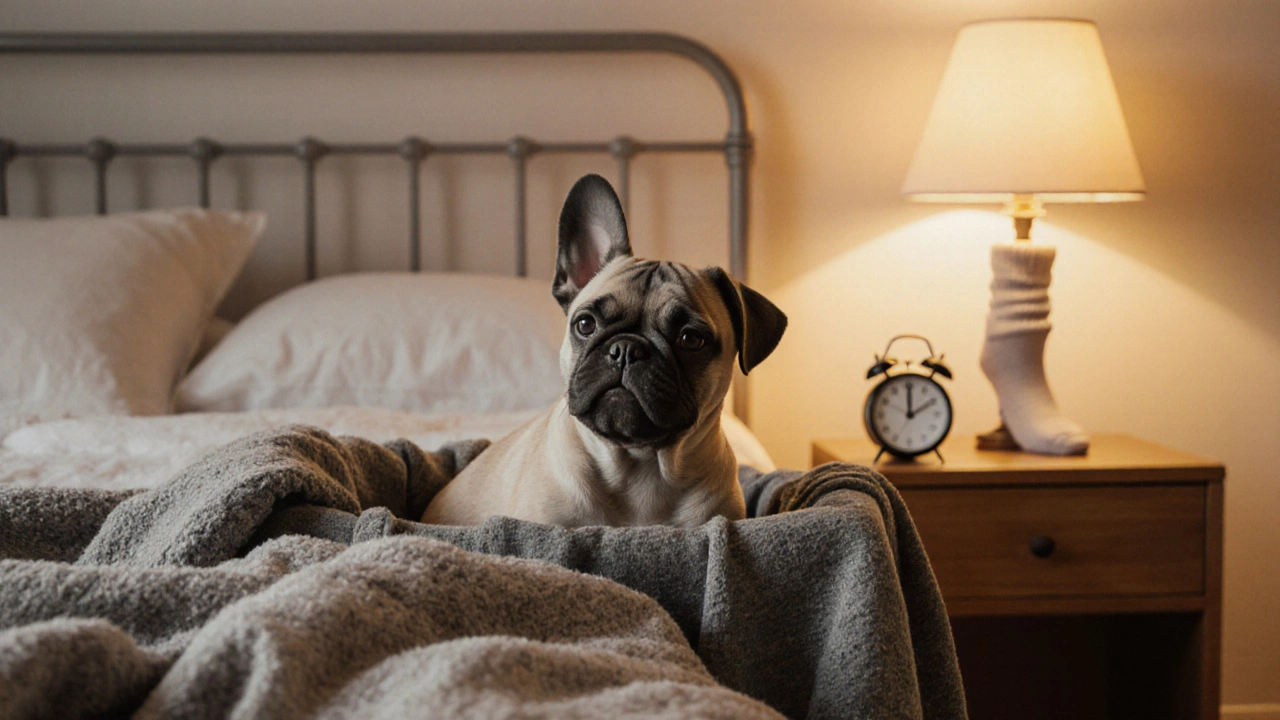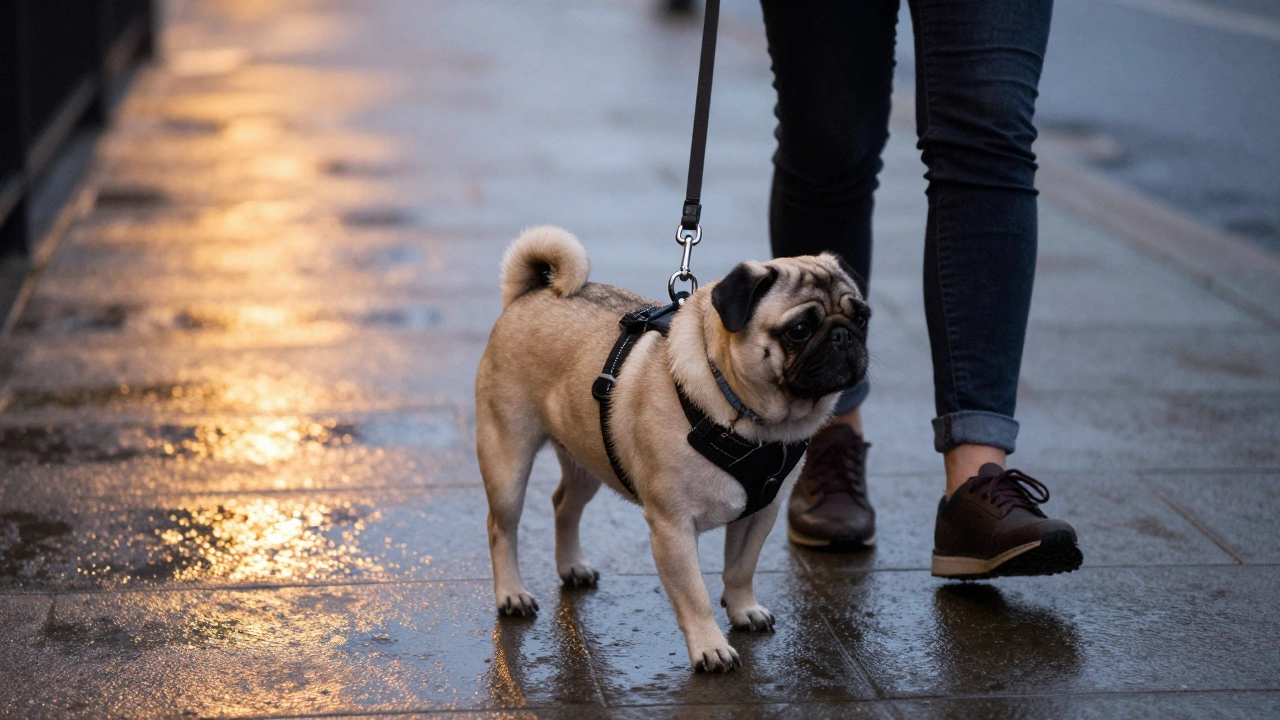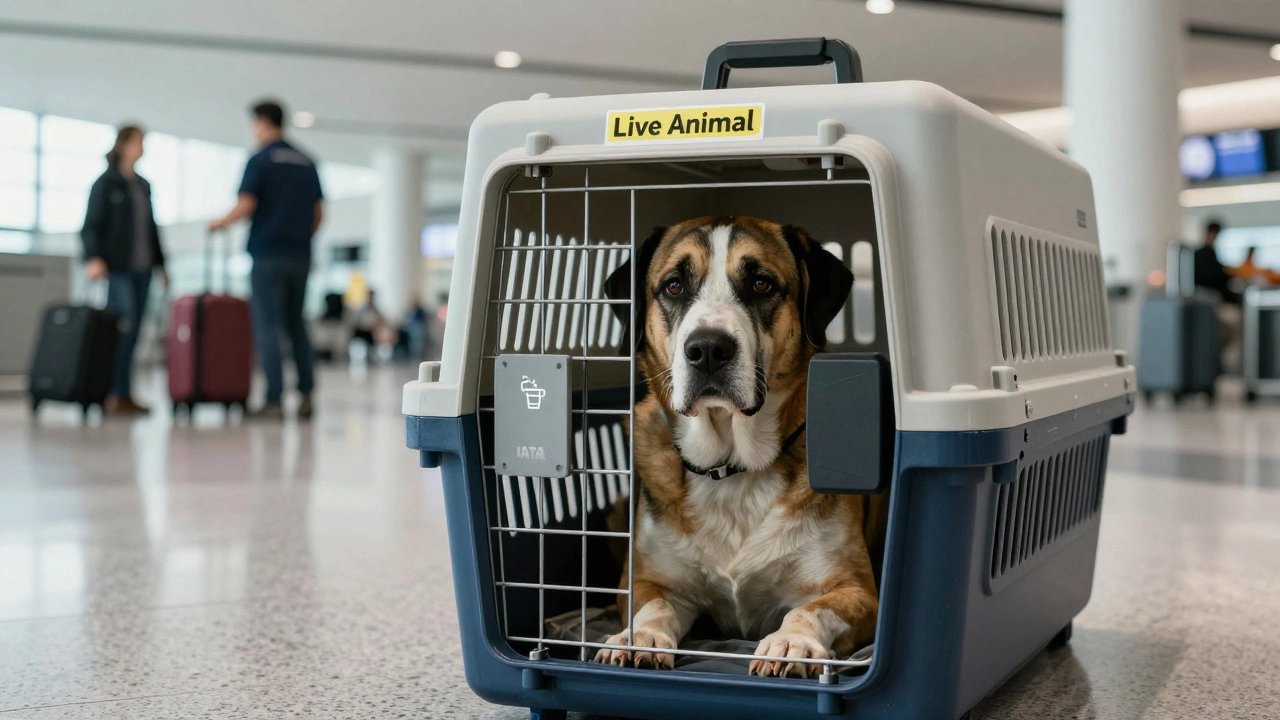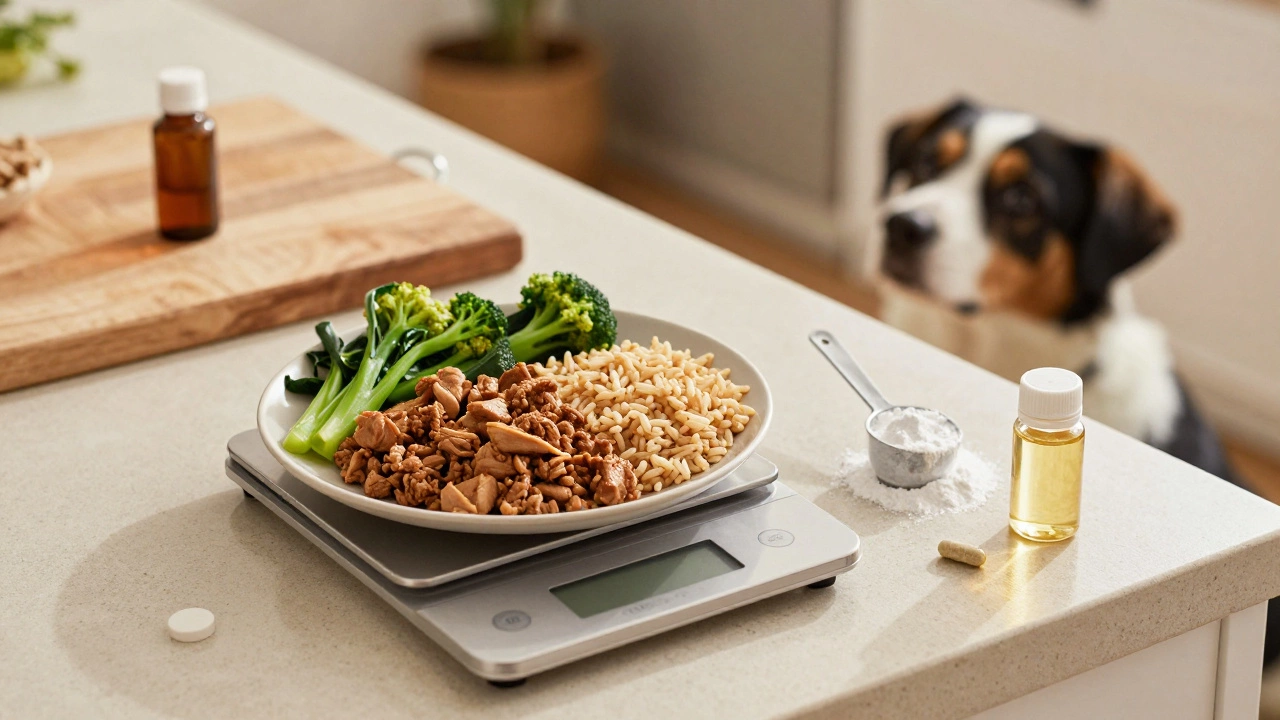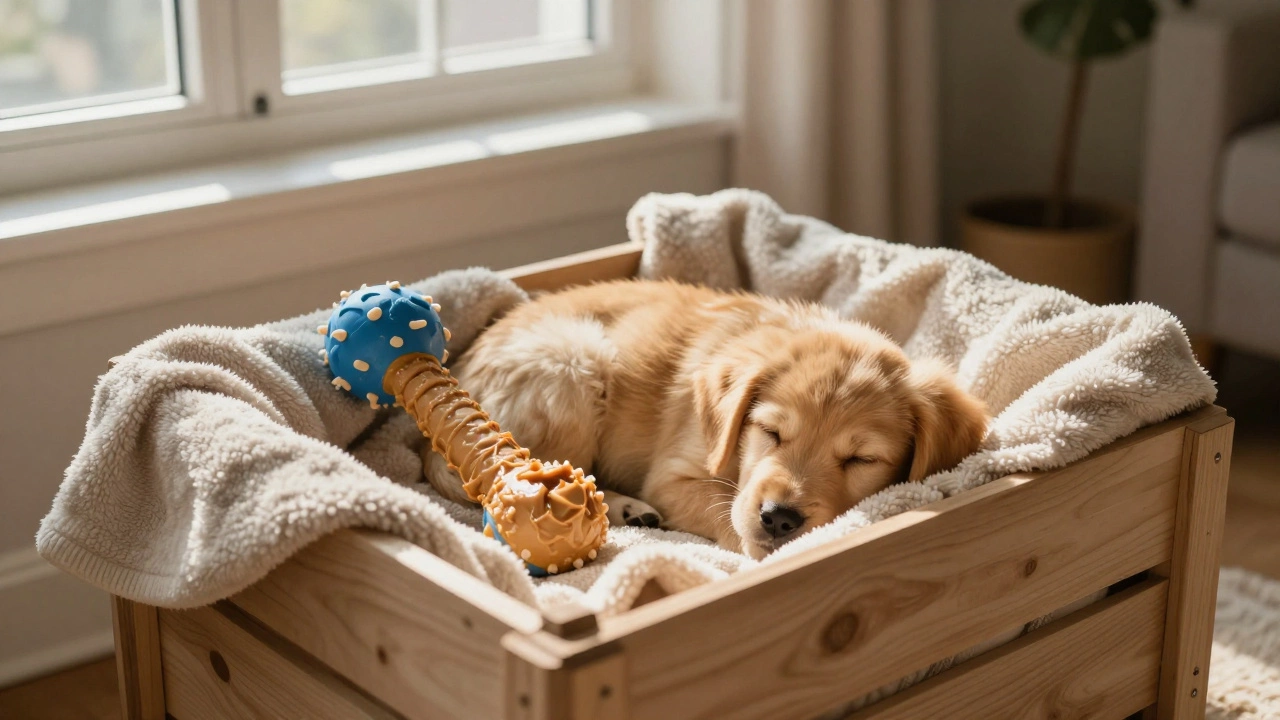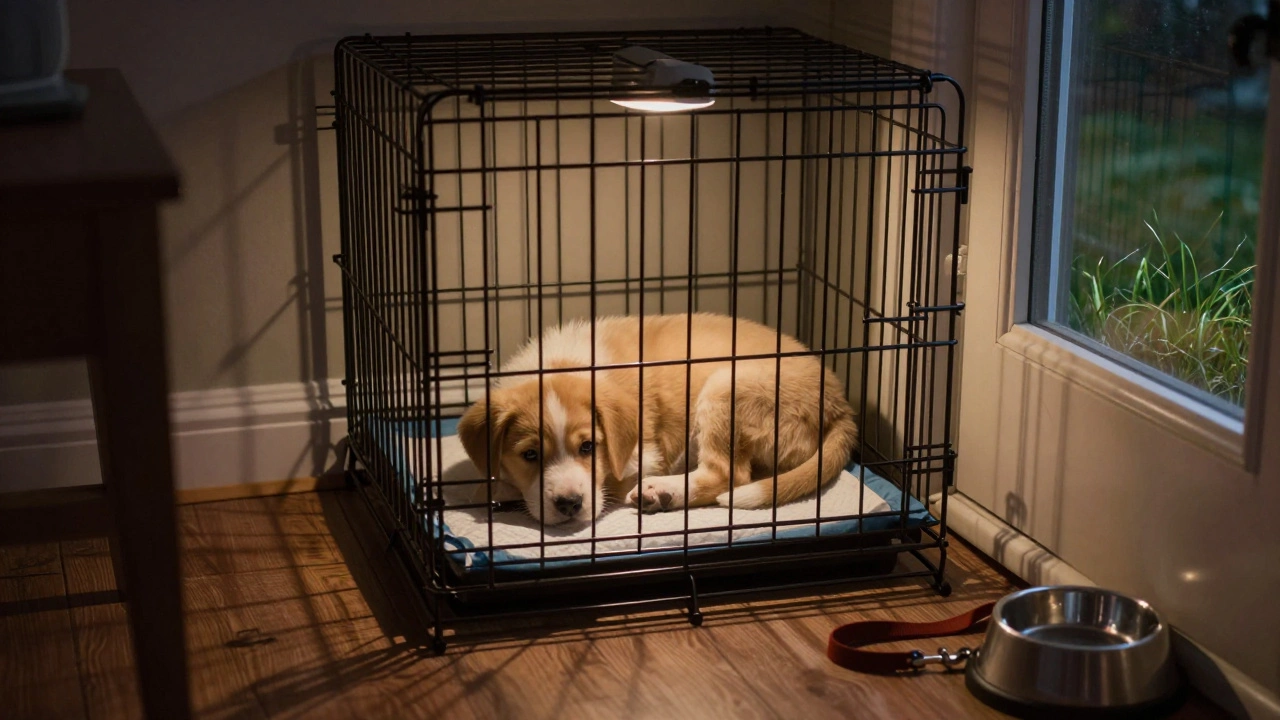Puppy Bedtime Routine: How to Set Up a Calm Nightly Schedule for Your Dog
When you bring home a new puppy, one of the biggest challenges isn’t potty training or chewing—it’s getting them to puppy bedtime routine, a consistent nightly sequence that signals to your puppy it’s time to wind down and sleep. Also known as dog bedtime routine, it’s not just about putting your pup in a crate—it’s about training their body and brain to recognize when the day ends. Most puppies under six months old can’t sleep through the night without help. Their bladders are small, their energy is high, and they haven’t learned how to self-soothe yet. Without a clear routine, you’ll end up with a puppy crying at 3 a.m., chewing your shoes, or pacing the floor like a tiny, furry ghost.
Building a good puppy sleep schedule, a predictable pattern of activities leading up to sleep that helps regulate your puppy’s internal clock starts with timing. Feed dinner at the same time every night—ideally three hours before bed—so they have time to digest and go potty. Then, take them outside for a final bathroom break, even if it’s just for five minutes. No play, no excitement. Just quiet, calm, and focused on the task. After that, dim the lights, turn off the TV, and skip the last-minute cuddles. canine sleep cues, subtle signals dogs pick up on that tell them it’s time to rest, like lowered voices, specific lighting, or a fixed sequence of actions matter more than you think. Dogs don’t read clocks, but they notice patterns. If you always do the same thing before bed, they’ll start to relax before you even say the word.
Where your puppy sleeps matters too. A nighttime crate training, the process of teaching a puppy to feel safe and calm in a crate during sleep hours setup isn’t about punishment—it’s about security. A crate gives them a den-like space to feel protected, especially in a new home. But it has to be the right size, placed in a quiet corner, and never used as a timeout. Pair it with a soft blanket, a chew-safe toy, and maybe a warm water bottle wrapped in a sock to mimic body heat. If they’re still whining, don’t rush in. Wait a few minutes. They’re not being stubborn—they’re testing boundaries. Consistency is everything. One night of giving in can undo weeks of progress.
You’ll find plenty of advice online about lullabies, white noise, or calming sprays. Some work. Some don’t. What always works? Routine. Repetition. Predictability. A puppy doesn’t need fancy tricks. They need to know what comes next. And when they do, the quiet nights you’ve been dreaming of? They’re not a fantasy. They’re just a few weeks away.
Below, you’ll find real stories and proven tips from other pet owners who’ve been where you are—tired, frustrated, and ready for a good night’s sleep. Whether it’s how to handle midnight barks, whether to leave the TV on, or how to transition from crate to bed, these posts give you the no-fluff answers you actually need.
Should You Turn the Light Off for Your Puppy at Night?
Should you turn the light off for your puppy at night? Learn how to help your puppy sleep safely and calmly by using the right kind of light-and when to turn it off for good.
Should You Leave a Puppy Alone on Its First Night?
Leaving a puppy alone on its first night can cause fear and long-term anxiety. Learn how to make the first night safe and calm without creating bad habits, and set the foundation for a confident, well-adjusted dog.

